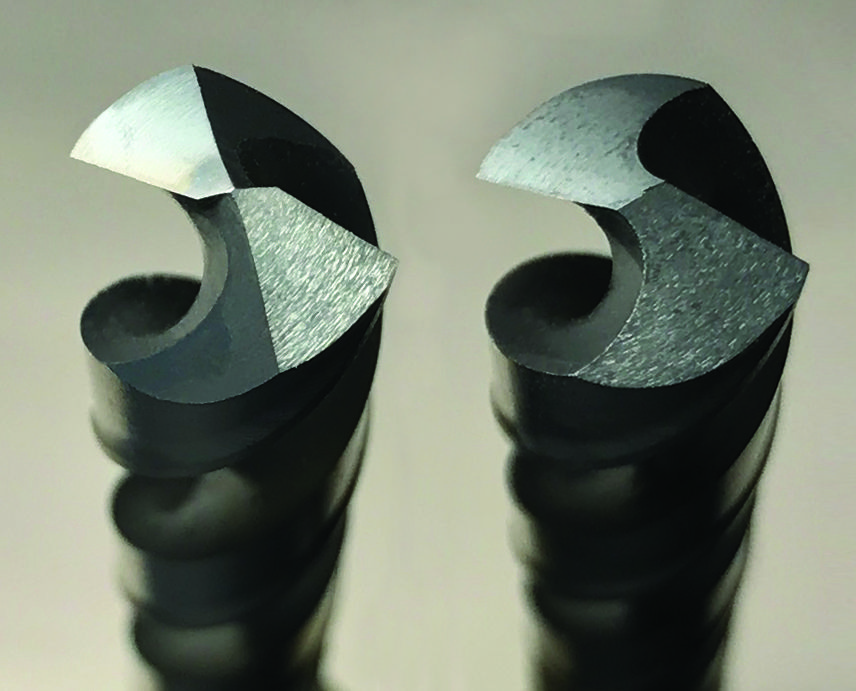Good suggestions Will. I think you would need to modify the angles and sharpen up a masonry drill, but the tip is usually quite a bit bigger than the shank, so it should get over the "shrinking" problem.
Whatever you do with red drawn phosphor bronze, the tools must be razor sharp. Razor sharp must also include the lands down the sides – not just the point. Drills should preferably be four facet or split point. You need flood coolant. If you are trying to ream to size then you are probably going to need a new reamer (or freshly sharpened if you have that facility). Beginners would be well advised to saw off, mount to mandrel and face off rather than part off.
Of course if you are in industry and have access to top quality tools, diamond tooling, etc. etc. then the jobs a doddle, but as amatuers we have to rely on the various Chinese junk emporiums that serve the model trade – there is a huge difference – in quality and price.
The shrinking effect is similar to weld distortion – you are locally heating inside at the point of cutting, the hot metal is compressed by the cool metal outside, then the whole lot cools causing the drillled hole to "shrink".
I still remember my first loco (Rob Roy) coupling & con rod bushes. As Curly might have said "Centre drill, follow up with a pilot, poke a 15/64" drill down and follow up with the 1/4" reamer. Part off and Ditto Repeato 8 times". Well I can only say it didn't quite go like that when I was working with blunt drills, a reamer of indeterminate parentage and zippo for experience. And by the way, I was making an extra set for a friend. But that was 50 years ago now.
I come back to my first comment. Why put ourselves through the misery when SAE 660 is far easier to work and for our typical bearing loadings will work just as well?
Martin
not done it yet.





